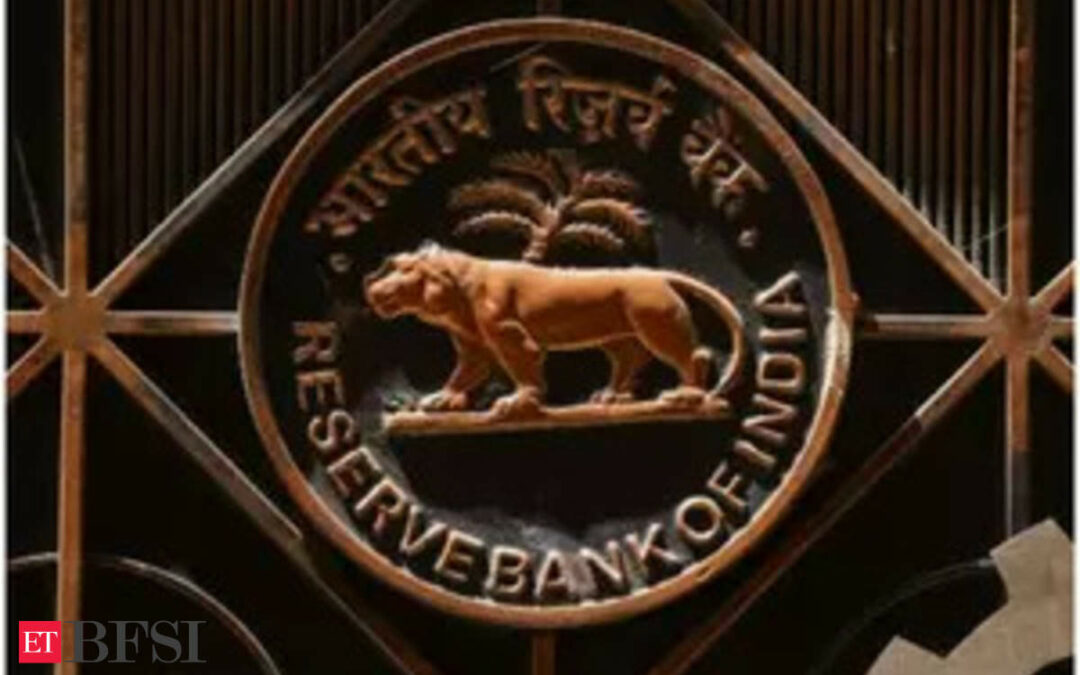The Reserve Bank of India (RBI) will modify its liquidity coverage ratio (LCR) framework for lenders in light of recent developments in overseas markets where patrons withdrew their banking deposits at a short notice due to the availability of instant digital payment modes.
“Such emerging risks may require a revisit of certain assumptions under the LCR framework. Therefore, certain modifications to the LCR framework are being proposed towards facilitating better management of liquidity risk by the banks,” governor Shaktikanta Das said in the statement on developmental and regulatory policies accompanying the monetary policy.
The central bank will issue a draft circular in this regard for comments of all stakeholders.
Under the liquidity coverage ratio (LCR) introduced post the global financial crisis, banks are currently required to maintain a stock of high quality liquid assets (HQLA) to cover the expected net cash outflows in the next 30 calendar days.
HQLA are primarily made up of government securities, which can be easily liquidated to meet banks’ cash requirements. Lenders are currently using these securities as a buffer corpus which they periodically dip into to meet increasing demand for credit especially when the banking system liquidity is in a deficit.
In its statement on developmental and regulatory policies accompanying the monetary policy, RBI pointed out that recent episodes in some countries have demonstrated the increased ability of the depositors to quickly withdraw or transfer deposits during times of stress, using digital banking channels.
Though the RBI did not mention specific instances, last year’s bust up of the Silicon Valley Bank (SVB) is a case in point. The bank lost most of its deposits in a matter of days as word spread on social media that the bank was short of funds and customers started withdrawing deposits through digital means.
“Technological developments have enabled bank customers to instantly withdraw or transfer money from their bank accounts. While improving customer convenience, this has also created challenges for banks to deal with potential situations when, due to certain factors, a large number of depositors decide to instantly and simultaneously withdraw their money from banks,” RBI said.
In January ET had reported that banks will make representations to RBI highlighting the sustained liquidity drainage that has pushed up funding costs for lenders despite unchanged policy rates for nearly a year. To be sure, LCR for banks currently stands at 131.4% much above the minimum required 100%. Banking sector liquidity has also turned into a surplus of Rs 1.50 lakh crore mainly due to a pick up in government spending and fund injections since March.
Bankers have pointed out that the possibility of large outflows occurring at any point of time due to the growing use of 24/7 payment modes like the National Electronic Fund Transfer (NEFT) has prompted them to keep funds aside as a buffer instead of lending them out in the interbank call money market. Banks now must set aside more of their extra funds in anticipation of payment obligations which may occur beyond the earlier 9 am – 5 pm cycle. Consequently, the quantum of surplus funds that earlier ensured that funding rates were anchored to the RBI’s policy rates is now falling short.










